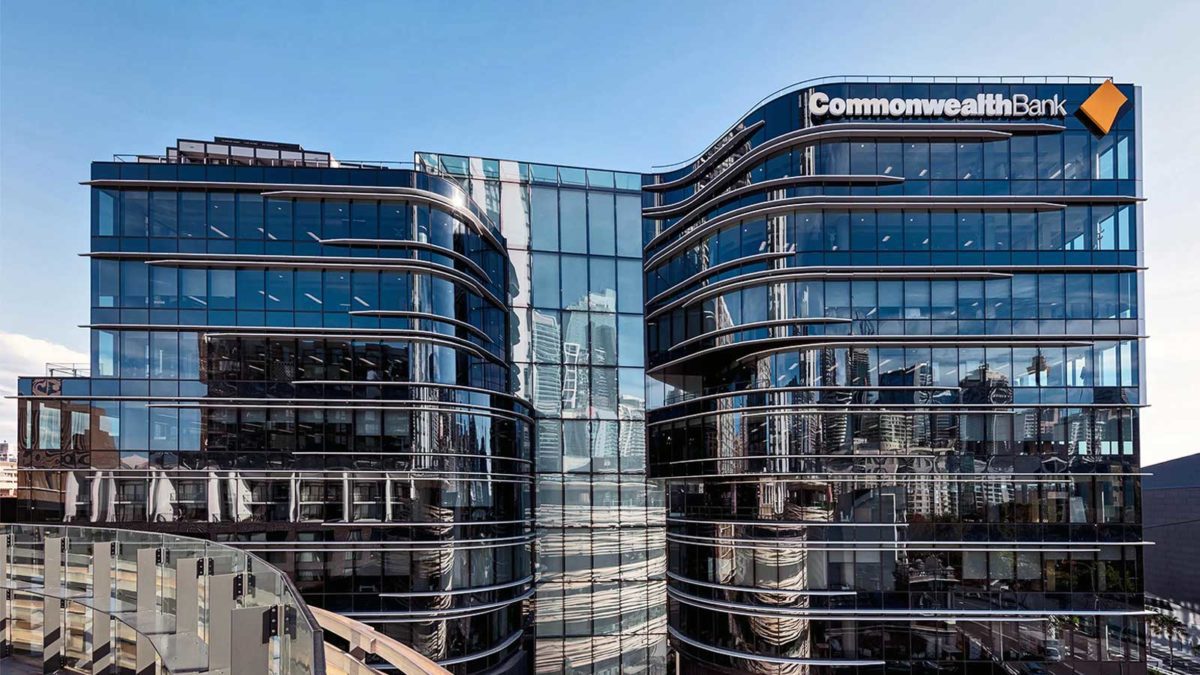What CBA’s big dividend, buy back mean for shares
The Commonwealth Bank of Australia (ASX: CBA) share price is under the spotlight today after reporting its FY22 first half result, with a sizeable dividend boost.
CBA’s solid HY22 profit growth
Commonwealth Bank has reported its result for the six months to 31 December 2021, putting the CBA share price in focus. These are some of the highlights from the report:
- Statutory net profit up 26% to $4.74 billion.
- Cash net profit rose 23% to $4.75 billion
- Operating income grew 2% to $12.2 billion
- Operating expenses were flat at $5.59 billion
- Loan impairment expense improved $957 million to a $75 million benefit
- Net interest margin (NIM) was 1.92%, down 14 basis points (0.14%)
- Interim dividend increased by 17% to $1.75 per share
There are a lot of different numbers to unpack there, so let’s start with the income.
Income and expenses
CBA’s income increased, thanks to volume growth and improved volume-driven fee income. In the 12 months to December 2021, home lending rose 8.5% (or $40.4 billion), household deposits increased 12.2% (or $36.9 billion) and business lending went up 12.5% (or $13.2 billion). All of those growth numbers were faster than the overall lending system’s growth.
Overall expenses were flat, but some expenditure grew with higher staff costs to support higher volumes and the delivery of strategic investment initiatives, though it was offset by lower occupancy, IT and remediation costs.
Net interest margin
The NIM can have an important impact on profitability and the CBA share price. It’s the net effect of how much a bank is making on its loans, compared to the cost of funding those loans (such as the interest rate of savings accounts).
The HY22 income growth was offset by a reduction of the NIM by 14 basis points (0.14%) to 1.92%. CBA attributed the reduction to lower-yielding liquid assets, as well as borrowers switching to fixed-rate home loans, the impact of rising swap rates and continued pressure from home loan competition.
CBA said it’s expecting home loan price competition and switching to continue to weigh on margins in the second half.
Impairment
An impairment of a loan, or a provision for impairments, is when loans have gone ‘bad’ and aren’t going to be repaid, or are expected to go bad for a bank
COVID saw all the major banks significantly increase their provisions for expected bad loans. But now these provisions are being reduced. The CBA share price sank during the COVID crash as investors expected losses.
CBA’s loan impairment expense decreased by $957 million year on year to turn into a benefit. That’s when the provision balance is reduced, boosting the net profit. This reflected an improved economic outlook. The loan-loss provisions remain significantly higher than the expected losses under the central economic scenario. In other words, CBA continues to be cautious with its provisions when compared to what it’s actually expecting to happen.
Looking at the arrears – which was one of the things I was keeping an eye out for in this result – the personal loans, credit cards and home loans arrears all saw a half-on-half and year-on-year improvement in percentage terms.
Profit
The continuing operations cash profit growth of 23% to $4.75 billion was the result of all of the above factors, particularly the improvement in the loan impairment expense.
Profit is a key part of the valuation for a business, which affects the CBA share price.
If you’re looking to learn how to do your own ASX company valuations, take our free share valuation course, which takes you through six common share valuation techniques, step by step.
Or try our Beginner Shares Course if you’re just starting out. Both are free.
CBA dividend
The big-four ASX bank continues to have a strong balance sheet, with the common equity tier 1 (CET1) capital ratio being 11.8%. That’s comfortably more than APRA’s requirement of capital levels.
CBA decided to grow the interim dividend by 17% to $1.75 per share, representing a normalised cash payout ratio of around 70%. It will continue targeting a payout ratio of between 70% to 80%.
The bank also announced a $2 billion on-market share buy-back.
Final thoughts on the CBA share price and this result
Excluding the impact of the loan impairment benefit, CBA’s operating profit to December 2021 grew 4% to $6.62 billion. Is that a strong result? The decline of the NIM, with expectations of more challenges, isn’t great. But CBA did see strong volume growth.
Interest rates are now expected to rise over the next few years. That could help increase the bank’s NIM and the net profit. However, bad debts would also probably rise.
For “blue-chip” investors focused on the dividend, I thought this was a solid result. The current dividend yield is now 5.7% including the franking credits. Not bad, but there could be other ASX dividend shares with bigger yields or more growth potential.
Information warning: The information in this article was published by The Rask Group Pty Ltd (ABN: 36 622 810 995) is limited to factual information or (at most) general financial advice only. That means, the information and advice does not take into account your objectives, financial situation or needs. It is not specific to you, your needs, goals or objectives. Because of that, you should consider if the advice is appropriate to you and your needs, before acting on the information. If you don’t know what your needs are, you should consult a trusted and licensed financial adviser who can provide you with personal financial product advice. In addition, you should obtain and read the product disclosure statement (PDS) before making a decision to acquire a financial product. Please read our Terms and Conditions and Financial Services Guide before using this website. The Rask Group Pty Ltd is a Corporate Authorised Representative (#1280930) of AFSL #383169









